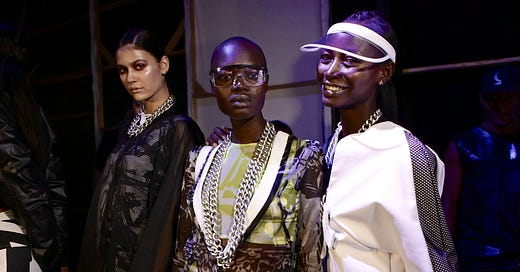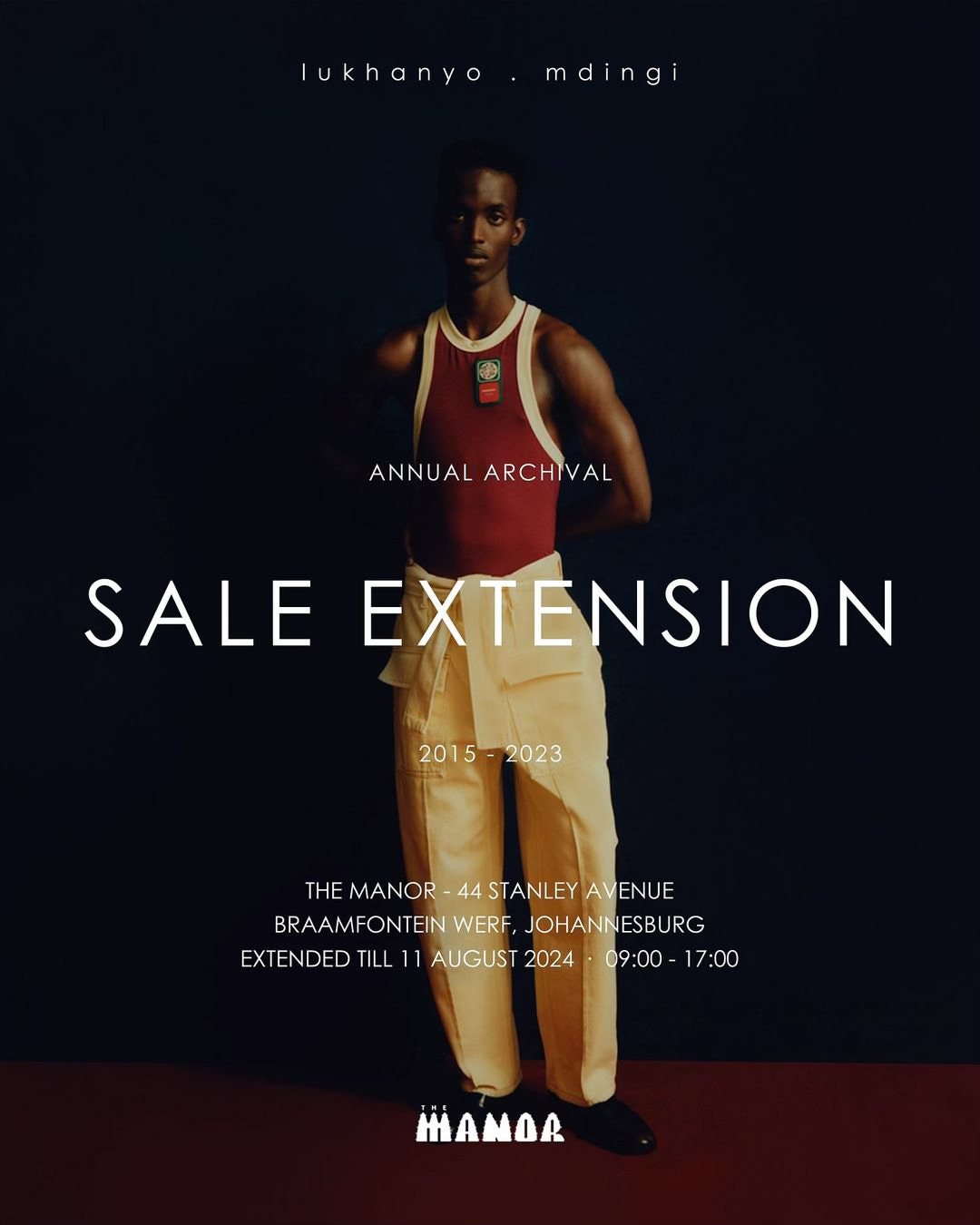Image: SDR Photo
What’s in a sale?
From South Africa to Nigeria, Europe and the US, independent brands and designers are embracing the sale now more than ever. With the collapse of Matches Fashion, one of luxury’s leading retailers, and ongoing troubles at Farfetch, and most recently Saks Fifth Avenue, the future of luxury retail as we know it is on the edge. To overcome decreasing sales and a fragile consumer market, independent brands and designers worldwide are heavily leaning into discounts and seasonal sales.
This strategy is nothing new in the fashion industry however in South Africa, until recently, local designer brands going on sale didn’t happen on a large scale. Brands also maintained a discreteness about it. It didn’t matter how the sale was branded. Be it archival, end of season or sample, it was mostly kept under wraps as insider knowledge that only a privileged few could know about.
But steep competition from mass fashion retailers like Temu and Shein, both of which have a strong presence in the country coupled with a rising cost of living is putting local brands under pressure to relook their commercial strategies and find new ways to drive profits and entice consumers. To put the popularity of fast fashion retailers into perspective, earlier this month, Shein hosted its first pop-up event in Johannesburg.
These days, when announcing sales, both luxury and contemporary designers follow the fast fashion route, making big notices in an apparent attempt to draw maximum awareness and visitors. The exclusivity of a newsletter or private messaging service is no longer sufficient. As a result, social media platforms like Instagram have become important avenues to announce and invite consumers to these commercial events where designers also get to engage directly with their community.
Navigating the market
Smaller designers generally fear that discounting past collections devalues their brands and ultimately damages their image. Personally, I’ve noticed that these designers often approach their work with a high degree of personal investment. Consequently, they perceive participation in sales events as an indication of business financial difficulties, rather than a strategic opportunity for generating additional revenue, clearing out older inventory, and attracting new customers.
Looking ahead
While the future of luxury retail remains fragile, it’s clear that large-scale promotions, aimed at reaching a broader audience, will continue to play a significant role in the market. I believe to succeed, designers will also have to be more agile and bold, approaching their brands with a highly strategic and business-oriented mindset.





It was a surprise to have Rich Mnisi and then Lukhanyo Mdingi announcing sales in such a short time of one another but from what I’ve heard the Lukhanyo sale was a success. Sales are always tricky, for the reasons you’ve mentioned, plus when you’re positioning yourself as an ethical/sustainable alternative, you don’t want to play into mass market tactics. I think the key is being highly selective about how often and how they’re done. Like the pop-up for Lukhanyo’s sale was genius. Most of the brand’s fans haven’t been able to interact in person with the garments and it may have gone a long way towards building or further establishing trust.